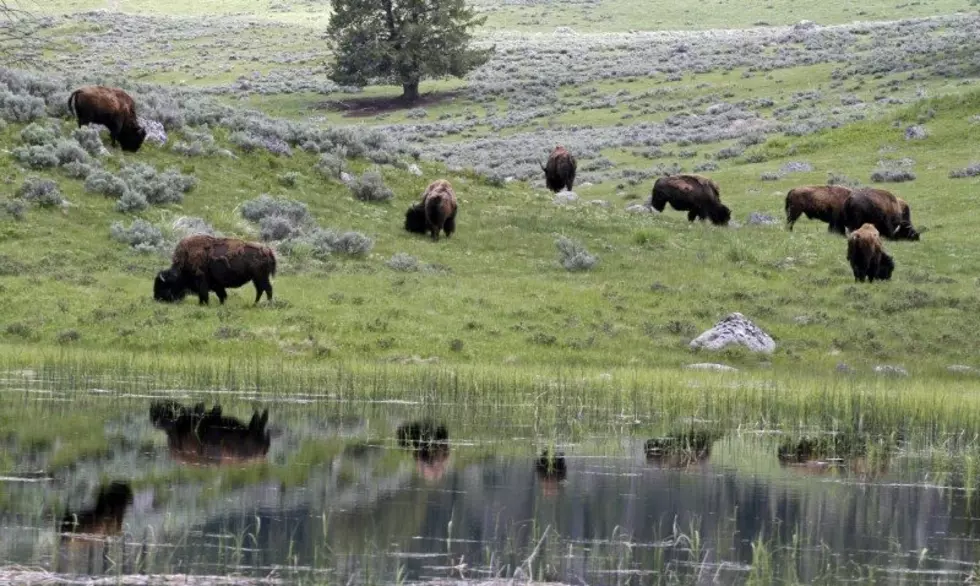
Yellowstone plans to thin bison herd by 900 animals
By Laura Zuckerman
SALMON, Idaho (Reuters) - Yellowstone National Park plans to reduce its famed bison herd by at least 900 head this winter, culling stray animals outside the park in Montana by hunting and a program to round up and deliver wayward stock to Native American tribes for slaughter.
The annual culling, if it goes as planned, would mark one of the largest thinnings of the Yellowstone herd during the past decade.
The park's bison numbers have swelled to some 5,500 animals, well above the target population of roughly 3,000.
Animals that roam out of the park into adjacent state lands in Montana will be subject to harvest by licensed sportsmen and Native American tribes exercising historic hunting rights. But the majority will be captured live, then turned over to tribes to be slaughtered for meat.
Montana's chief veterinarian, Dr. Marty Zaluski, said park officials agreed on the goal of at least 900 at a meeting on Thursday.
The longstanding but controversial program is designed to lessen the risk of straying Yellowstone bison infecting cattle in Montana with brucellosis, a bacterial disease carried by many bison, also known as buffalo.
A similar plan was in place last winter, but fewer bison than expected migrated into Montana. The low migration, combined with high reproductive and survival rates, has pushed the population to its current high, bison managers said.
Bison are a leading attraction for the millions of tourists who annually visit the park, which spans parts of Wyoming, Montana and Idaho.
Opponents of the culling argue that the nation's largest remaining band of wild, pure-bred bison, which once thundered across the continent by the tens of millions, should not be rounded up and killed.
"The country's last wild buffalo are persistently persecuted for crimes they've never committed," the Buffalo Field Campaign said in a statement on its website.
Bison and elk in Yellowstone have developed antibodies against brucellosis, and a case of bison transmitting the disease to cattle has never been documented, even where cows and bison coexist, according to the field campaign.
"The war against wild buffalo has nothing to do with brucellosis and everything to do with the grass and who gets to eat it," it said.
Jay Bodner of the Montana Stockgrowers Association disagreed.
"When you have a higher (bison) population level, there is greater likelihood that more animals will leave the park and potentially interact with cattle, exposing them to brucellosis," he said.
